It was not well-received upon release, as I recall, but I thoroughly
enjoyed it when I saw it in the cinema and on subsequent viewings at home. It's
based on the superb graphic novel of the same name by Alan Moore and Eddie
Campbell which I started reading in 1994 or '95 and I adore Deming's cinematography
as it's full of rich colors that are set next to the blackest of shadows.
Prior to this, The Hughes Brothers, who are
African-American, had directed two films with focusing on black protagonists. MenaceII Society was a violent story of young black man in early 90s Watts, Los
Angeles. They followed that up with Dead Presidents, about another young
black man but this time it was set in 1970s New York and he is a Vietnam veteran
who turns to a life of crime. And so it seemed rather odd at first blush that they
should tackle a story set in London in 1888.
The poor and marginalized here are the denizens of the London
district of Whitechapel in 1888 when Jack the Ripper was on the loose. Both the
graphic novel and the film contain elements straight out of the history books
but even more conjecture and fabrications all done in the name of a good tale.
Johnny Depp plays Frederick Abberline, a police inspector
investigating the Whitechapel murders. Abberline did exist and did indeed investigate
the murders at the time. His trusty companion here is the avuncular Sgt. Peter
Godley, portrayed by the affable Robbie Coltrane. A George Godley was, in fact,
a police officer involved in the case. They're up against, not only The Ripper
himself, but also a Masonic conspiracy that goes right up to Queen Victoria herself!
The film strips away most of the strange and the cerebral
that was present in the graphic novel, leaving a fairly straightforward who
dunnit. But it's a fun murder mystery and a beautiful looking one as well.
I saw From Hell in the theater once so my subsequent
viewings have all been on DVD. Until now.
Even though nothing can truly replace seeing From Hell
on the big screen, the Blu-ray picture surpasses that of the DVD by miles and
miles. While a new OLED TV would render the blacks blacker, they were still much
better than on DVD here and the colors even richer with the whole picture ever
so much sharper. Simply gorgeous. Sadly, I cannot take screen captures from
Blu-ray so we shall have to suffer with ones from the DVD.
There are three main colors in the film's palette. Overall,
the colors look a little oversaturated giving the movie a patina of the surreal,
almost dreamlike. The first color is red.
There are a couple more in the Deleted Scenes on the disc.
One has him following his wife down an alley and she rounds a corner.
When Abberline does, he sees Annie Chapman staggering as blood drips from her
slit throat. In the other scene, the camera moves in as The Ripper gleefully
stabs at a body lying on the ground. He turns and we see the face is that of
Ben Kidney, a member of the Special Branch who is helping cover up the true
nature of the murders.
The inclusion of these scenes would have helped, but
ultimately, Abberline's abilities at prophecy are woefully underdeveloped in
the story.
But The Hughes brothers refuse to portray the denizens of
Whitechapel as the salt of the earth who suffer under the tyranny and control of
the aristocracy. Our introduction to Whitechapel begins with a crane shot that
allows us voyeuristic peeks through windows into the apartments of various
families. From one we hear a man angrily say, "Get out of here!" which
is followed by a woman pleading, "I beg of you!" Out on the street a drunkard
urinates against a wall as an unconscious man is being dragged across the street.
On a side note, the film likes to use offscreen voices to
reveal character. In addition to the onlookers wanting a glimpse of Annie's
corpse, a woman can be heard saying, "He should have been killed at
birth!" when Joseph Merrick, a.k.a. – the Elephant Man, is unveiled to be
gawked at by the great and the good of London.
Amongst the deleted scenes is one featuring the funeral procession
of one of the prostitutes, Polly Nichols. I think it's the only scene deleted
or not that doesn't show the inhabitants of Whitechapel bickering or at one
another's throat, no pun intended. They mourn collectively and throw flowers at
the casket. The inclusion of this scene and perhaps other would have gone a long
way to convince me that the film completely takes the side of the poor instead
of indicting them too along with the rich. One can argue that poverty debases
the soul and deforms character and so you get the behavior seen onscreen. Fair enough.
But the film doesn't endeavor to make that argument, to my mind. It assumes
that you'll find the aristocracy so abhorrent because of their attitudes and
ability to literally get away with murder that you'll give the poor a pass.
Abberline and Mary Kelly (Heather Graham) develop affections
for one another because, I guess, you need a love story. Personally, I find
dreams and visions a more interesting route to take than the feelings they
develop for one another but what can you do? Given this, they seemed to fall in
love rather quickly and I feel that the movie needed to show more of their budding
relationship. The deleted scenes offer a little something with one featuring the
couple going to the apartment of Mary's friend Ann whom she witnessed being
whisked away by some well-dressed gentlemen. It turns out that a bunch of crude
laborers now occupy the space.
From Hell the film is surely missing many elements
that made the graphic novel such a great read. But it has its own virtues. (Depp
and Graham's accents are, admittedly, not amongst them.) Eddie Campbell gave the novel stark
black and white illustrations while Peter Deming weaves a rich tapestry of
colors with a hallucinatory sheen. While the film generally stripped the novel
down to its murder mystery elements, there is a lot about class going on as
well. Sometimes you have to listen carefully or move beyond the visual spectacle of a dream or vicious
murder but it's all there. And there are, in my opinion, no easy answers. Are the
poor complicit, however much or however little, in their poverty? Are they
simply puppets at the ends of strings wielded by the rich and powerful? Is
there anything good to be teased out of the aristocracy?
I don't think From Hell answers these questions but
it makes it hard for viewers not to think of class and the problems surround it.
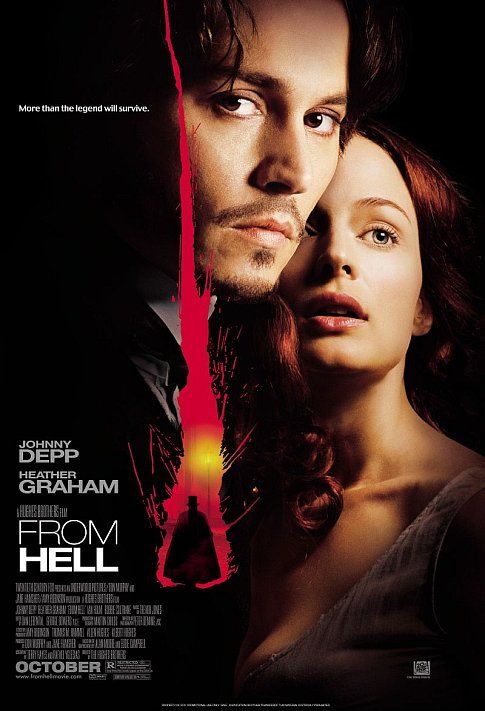

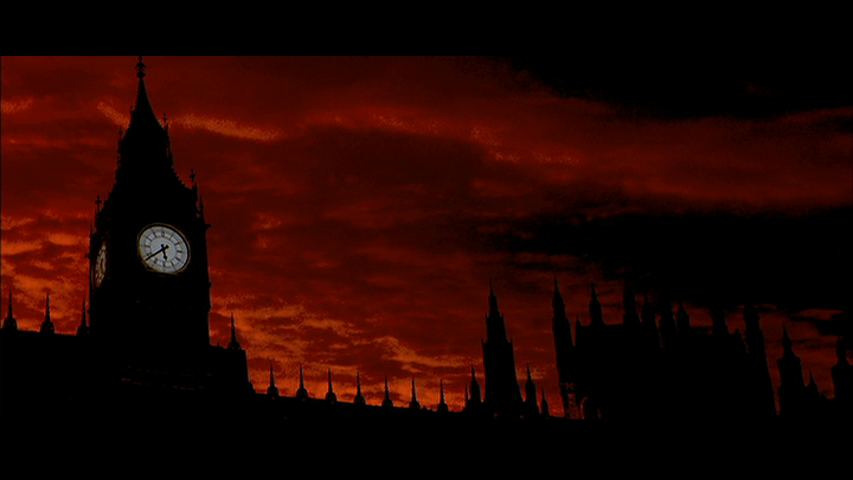
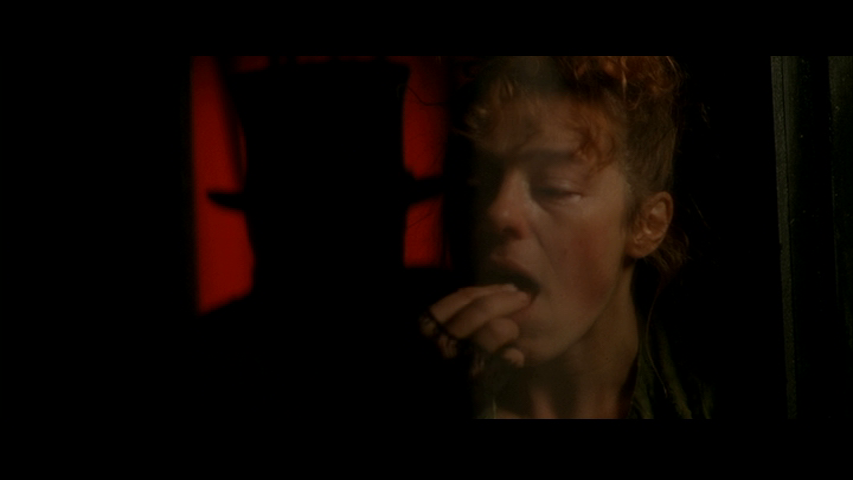



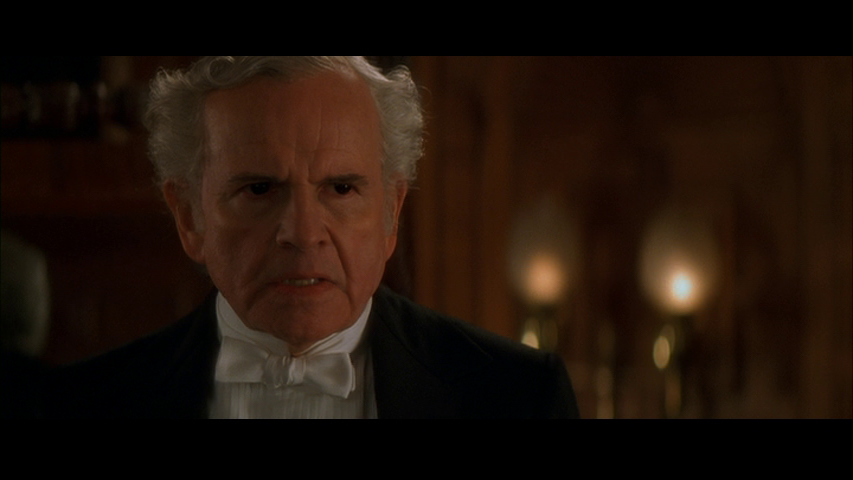
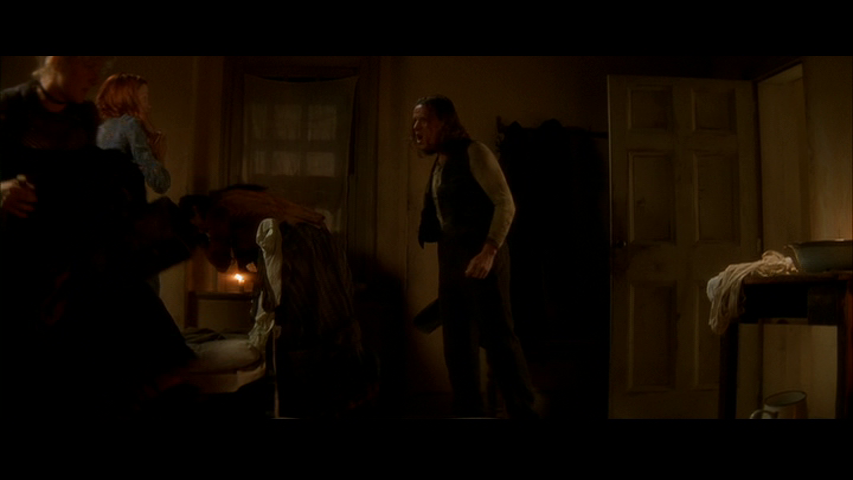
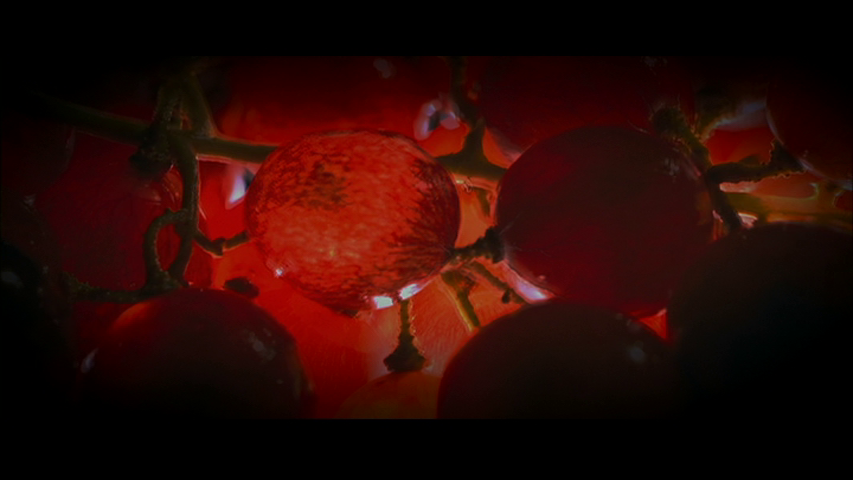
No comments:
Post a Comment